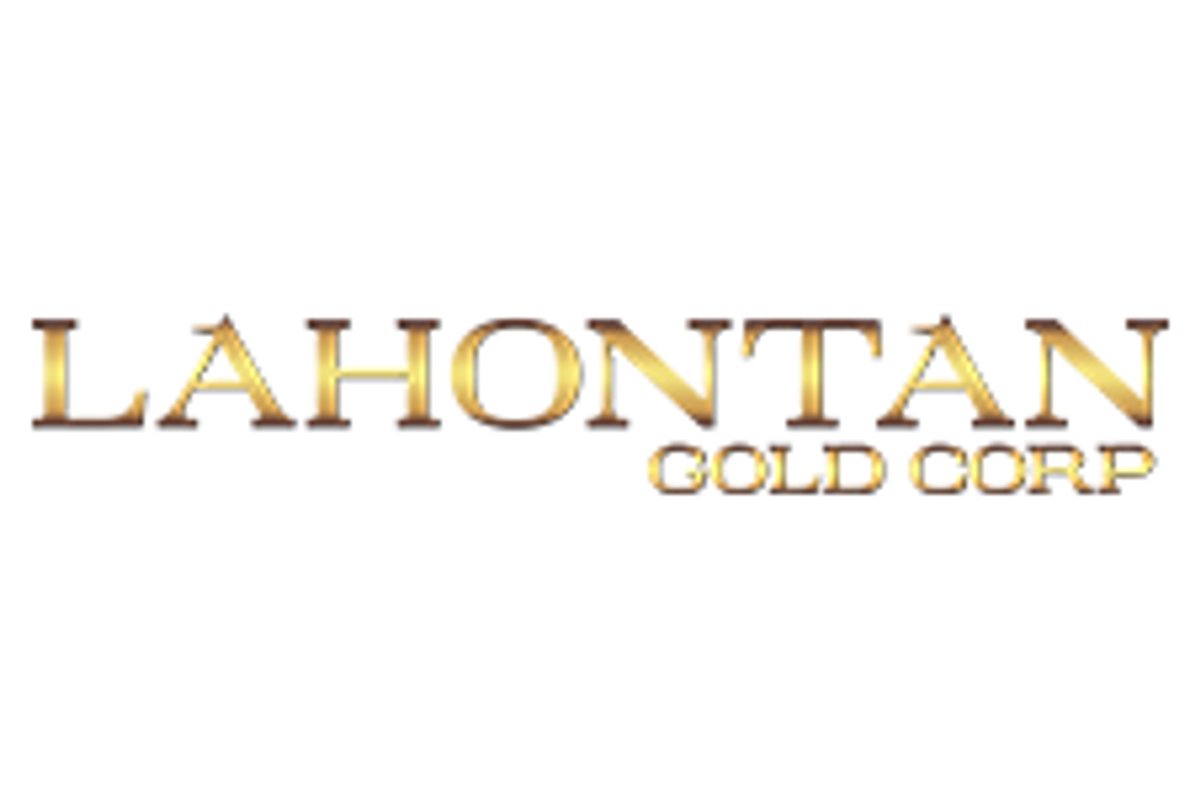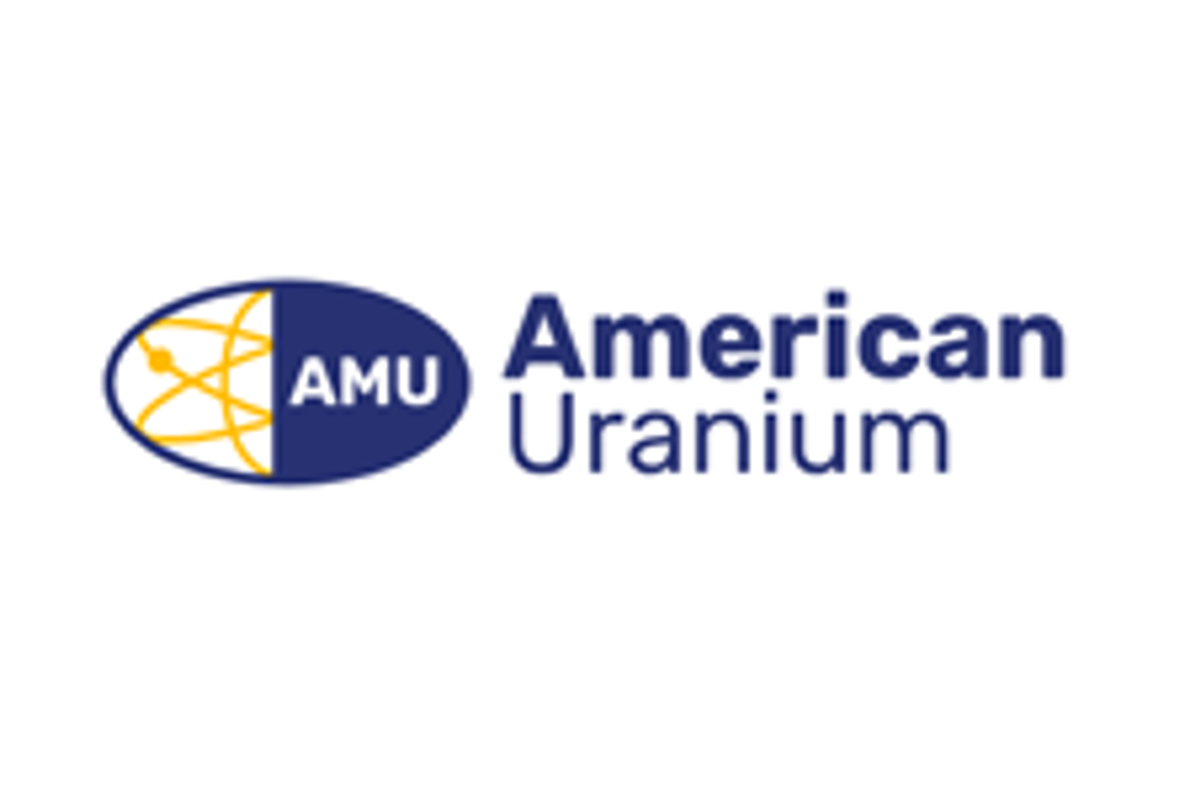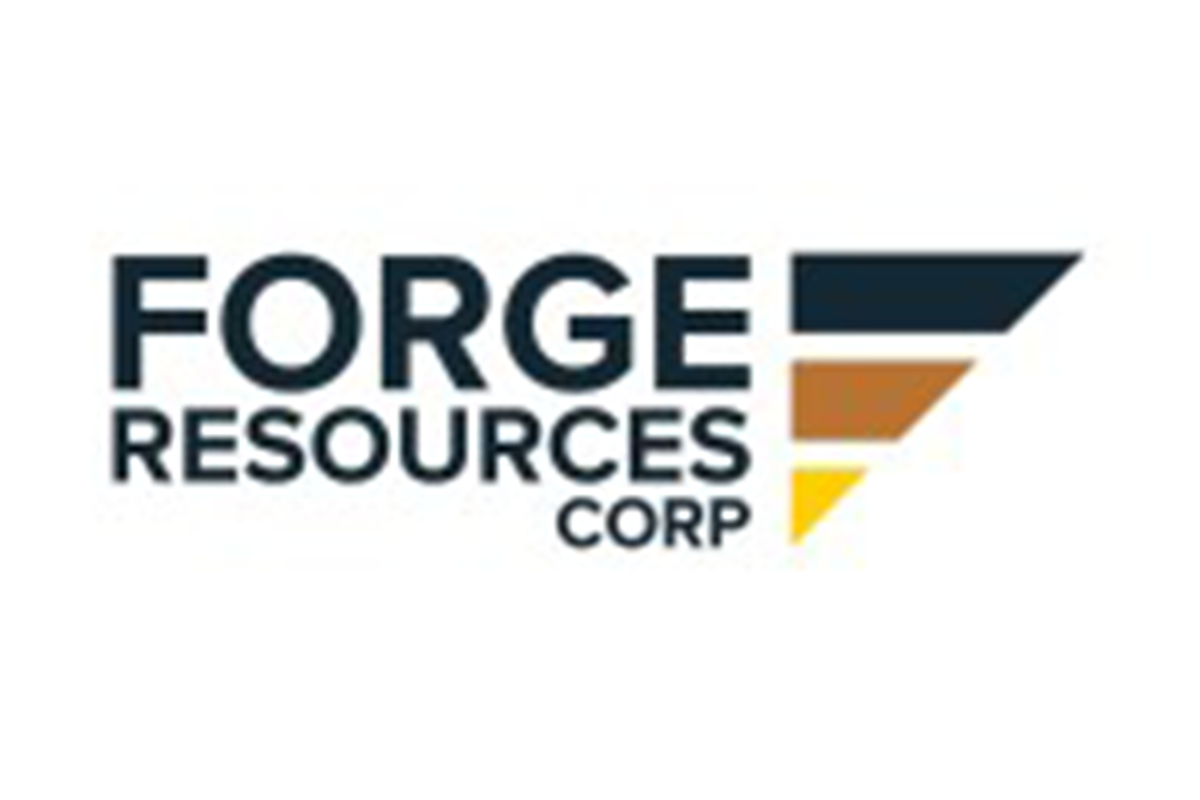
March 04, 2025
Lahontan Gold Corp. (TSXV:LG,OTCQB:LGCXF) is dedicated to advancing its portfolio of high-quality gold and silver projects in Nevada, a top-tier mining jurisdiction. The company’s flagship Santa Fe Mine — a past-producing operation from 1988 to 1992 — yielded 356,000 ounces of gold and 784,000 ounces of silver. Lahontan is focused on unlocking the mine’s full potential by expanding resources and advancing permitting efforts to fast-track the project toward production.
A recently completed preliminary economic Assessment (PEA) highlights a clear pathway to restarting operations, demonstrating the project’s robust economics. Permitting with the Bureau of Land Management (BLM) is underway, with the company targeting a 2026 construction start.

The Santa Fe mine, located in Mineral County, Nevada, spans 26.4 sq km and represents Lahontan Gold’s flagship development project. With an updated mineral resource estimate of 1.95 Moz gold equivalent, the project hosts multiple oxide and sulfide zones that remain open for expansion.
Company Highlights
- Flagship Santa Fe Project: 100 percent owned, past-producing open-pit heap leach mine with a current MRE of 1.95 Moz gold equivalent at a grade of ~0.9 g/t.
- Strategic Nevada Location: Situated in Walker Lane, one of the world’s best mining jurisdictions, with excellent infrastructure, water access, and a mining-friendly regulatory environment.
- Strong Resource Growth Potential: The Santa Fe Mine and its satellite projects, West Santa Fe and Moho, offer exploration upside, with further drilling planned to expand resources.
- Advancing Toward Production: With a positive Preliminary Economic Assessment (PEA) completed in late 2024, Lahontan is aggressively moving toward permitting and development.
- Experienced Leadership: The company is led by an experienced management team with a proven track record in mine development, permitting, and value creation for investors.
This Lahontan Gold profile is part of a paid investor education campaign.*

Sign up to get your FREE
American Uranium Investor Kit
and hear about exciting investment opportunities.
- Corporate info
- Insights
- Growth strategies
- Upcoming projects
GET YOUR FREE INVESTOR KIT
The Conversation (0)
15 December
American Uranium
Disrupting the uranium supply chain through highly prospective ISR projects in Wyoming
Disrupting the uranium supply chain through highly prospective ISR projects in Wyoming Keep Reading...
4h
Walker Lane Announces Shares for Debt Issuance
TSX-V: WLR Frankfurt: 6YL CMC Metals Ltd. (TSXV: CMB) (Frankfurt: ZM5P) ("CMC" or the "Company") is pleased to announce that it has settled and extinguished $77,600 of outstanding debt (the "Debt") through the issuance of common shares of the Company (the "Shares"). In accordance with the... Keep Reading...
12h
Forge Resources Intersects 3.4 g/t Gold over 44.75 Metres, and 800 Metre Step-Out Discovers 1.04 g/t Gold over 55.52 Metres at Alotta, Yukon
Forge Resources Corp. (CSE: FRG) (OTCQB: FRGGF) (FSE: 5YZ) ("FRG" or the "Company"), is pleased to announce full gold assay results from drill hole ALT-25-012 at the Payoff Zone intersecting 3.4 g/t gold over 44.75 metres from 256.23 metres and discovery results from hole ALT-25-013 at the... Keep Reading...
12h
Gareth Soloway: Gold, Silver, Bitcoin and More — Price Predictions for 2026
Gareth Soloway of VerifiedInvesting.com shares his outlook for gold, silver and Bitcoin.For gold, he outlines two different scenarios — a breakout to US$5,000 per ounce, potentially early in 2026, or a pullback to the US$3,500 to US$3,600 level. Don’t forget to follow us @INN_Resource for... Keep Reading...
21h
CMOC to Acquire Equinox Gold’s Brazilian Assets for US$1.015 Billion
China’s CMOC Group (OTC Pink:CMCLF) has agreed to buy a portfolio of gold assets in Brazil from Canada’s Equinox Gold (TSX:EQX,NYSEAMERICAN:EQX) for US$1.015 billion.CMOC said Monday (December 15) that it will acquire 100 percent of Equinox Gold’s Brazilian operations, comprising the Aurizona... Keep Reading...
16 December
Brixton Metals Reports the Balance of its 2025 Drill Results at the Trapper Gold Target
Brixton Metals Corporation (TSX-V: BBB, OTCQB: BBBXF) (the " Company " or " Brixton ") is pleased to announce updated and complete assay results from the Trapper Gold Target at its wholly owned Thorn Project in northwestern British Columbia. This release includes multi-element results for all... Keep Reading...
16 December
Walker Lane Announces Board Update
TSX-V: WLR Frankfurt: 6YL Walker Lane Resources Ltd. (TSXV: WLR,OTC:CMCXF) (Frankfurt: 6YL) "Walker Lane") announces the resignation of John Land as a Director of the Company and the appointment of Mr. Kevin Brewer, Director and CEO as interim Chairman of the Board. The Board wishes to thank Mr.... Keep Reading...
Latest News

Sign up to get your FREE
American Uranium Investor Kit
and hear about exciting investment opportunities.
- Corporate info
- Insights
- Growth strategies
- Upcoming projects
GET YOUR FREE INVESTOR KIT
Latest Press Releases
Related News
TOP STOCKS
American Battery4.030.24
Aion Therapeutic0.10-0.01
Cybin Corp2.140.00





